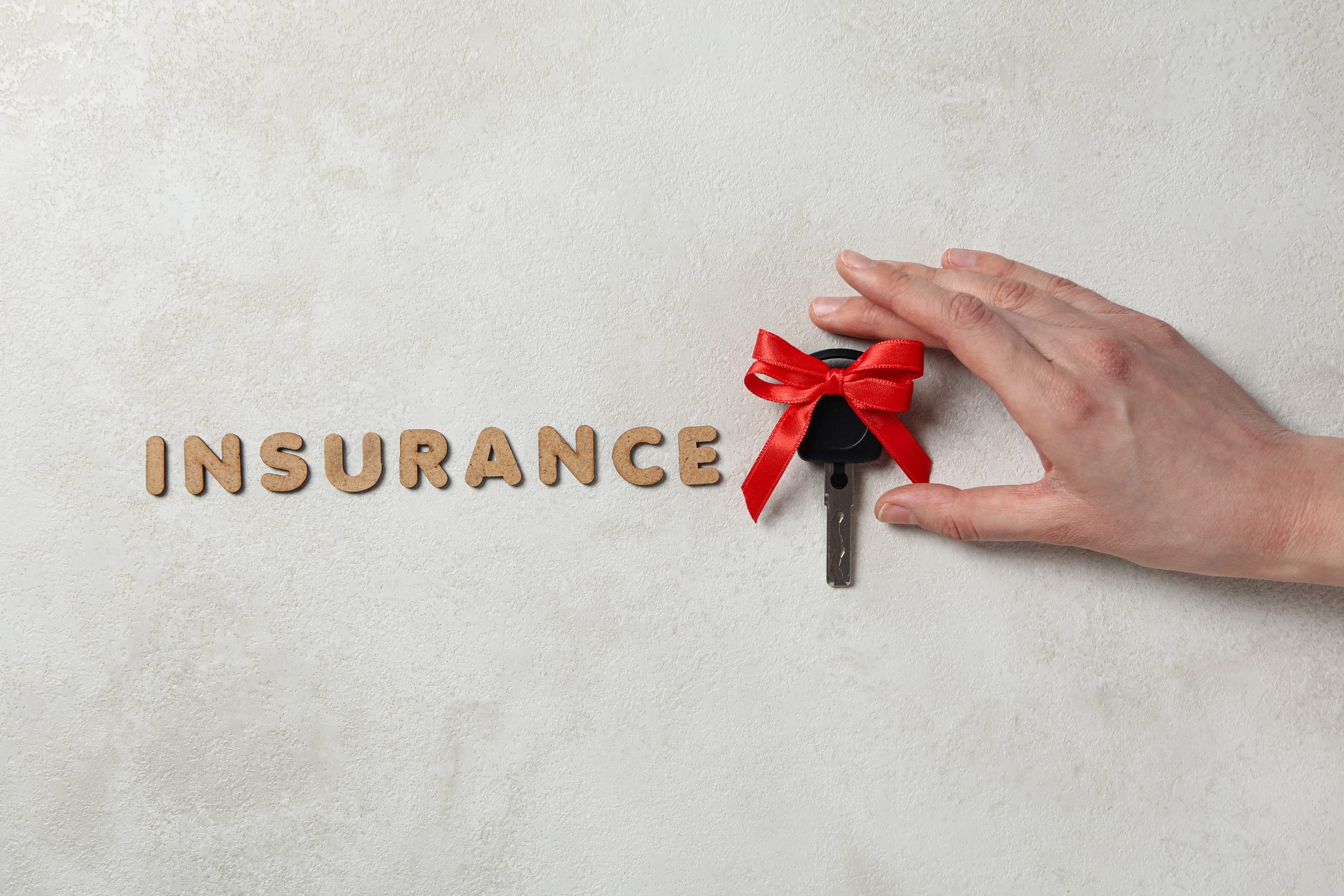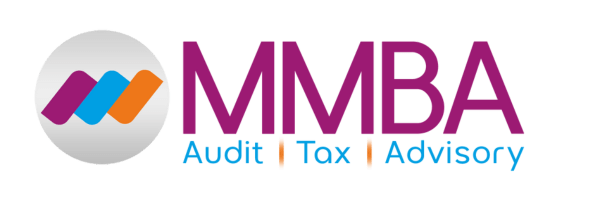
Recent Blog
Arrange a FREE Consultation Call and Let’s Discuss Your Goals!
Having a motorcycle in the UK comes with freedom and responsibility. One of the key obligations every rider must fulfil is paying motorcycle tax. It is also known as vehicle excise duty (VED). Many riders search online for “tax my motorcycle” because the rules feel complicated. But if you own a classic bike, a new motorbike, or even an electric vehicle, the process of paying road tax is easier than it seems once you understand the steps. However, one still needs an expert, such as MMBA Accountants experts, to help you understand about the tax.
This blog will help you understand everything you need to know: how to check your vehicle’s registration number, where to pay vehicle tax, and which documents are required. By the end, you’ll know exactly how to pay tax on your motorcycle and keep your bike legal on public roads.
Table of Contents
What is Motorcycle Tax?
Motorcycle tax is a form of vehicle excise duty (VED). It applies to most vehicles registered for use on UK roads, be they are cars or motorbikes. But, the cost of your annual road tax depends on the engine size, fuel type, and in some cases, the type of benefit you receive, such as the higher rate mobility component. Some electric cars and motorcycles are exempt, but you still need to apply to register them as exempt.
The tax is collected by the DVLA and must be kept valid at all times if you use your motorcycle on public roads. If you fail to pay vehicle tax, you risk fines, penalties, and even losing your bike.
What You Need Before You Can Tax Your Motorcycle
Before you can head to your local post office or use the DVLA website to pay road tax, you’ll need to gather certain documents. Here’s a checklist:
Vehicle registration certificate (log book / V5C)
This confirms the registered keeper and the registration number of your motorbike.
Green new keeper slip
If you’re the new owner, this slip acts as proof until your new logbook arrives.
Valid MOT certificate
If your bike is over three years old, you’ll need a valid MOT. Without an MOT certificate, you can’t tax your bike.
Valid insurance
A current policy from your insurance company or a cover note is required.
Reference number
Either the digit reference number from your V5C, tax reminder letter, or keeper slip.
How to Pay Motorcycle Tax
There are several payment options when you need to pay motorcycle tax. You can also take help from an expert tax advisor.
1. Online via the DVLA website
The fastest way to tax my motorcycle is online. Enter your vehicle’s registration number and digit reference number from your reminder letter, V5C, or green new keeper slip. You can then choose between:
- Single payment for a complete month or year
- Monthly instalments by direct debit
2. At the post office
If you prefer face-to-face service, visit your local post office that deals with road tax. Take your MOT certificate, insurance, and registration documents. They will issue confirmation, and your tax starts immediately.
3. By phone
Some people still choose to pay vehicle tax over the phone using their reference number.
Tax Discs, Reminders, and Refunds
While the paper tax disc was abolished in 2014, the DVLA still sends a reminder letter when your tax is due. Don’t ignore this because failing to pay tax on time could mean penalties.
If you sell your bike, declare it statutory off road notification (SORN), or scrap it, you may be due a refund on any tax left. The refund is calculated from the first complete month unused.
Special Cases
The special cases include:
Classic bike: If your motorcycle is over 40 years old, you may be exempt from motorbike tax, though you still need to apply for the exemption.
New owner: If you’ve just bought a bike, the tax class doesn’t transfer. You must apply for a new tax using your new keeper slip.
Northern Ireland: Riders in Northern Ireland follow the same process, but always check for local updates.
Why Insurance and MOT Matter?

You can’t pay vehicle tax without a valid MOT certificate and valid insurance. Your insurance company must keep your policy active, and the DVLA automatically checks this through the Motor Insurance Database. Even a cover note can be accepted temporarily. Without these, your application will be rejected be it online, by phone, or at the post office.
Benefits of Setting Up Direct Debit
Setting up a direct debit through the DVLA website or post office ensures you’ll never forget to renew your motorcycle tax. It spreads the cost into monthly instalments and avoids the stress of missing your tax reminder. Alternatively, you can pay in a lump sum as a single payment.
Conclusion
When you search “tax my motorcycle,” you’re really looking to keep your bike legal and safe on the road. From your vehicle registration certificate to your valid insurance, every document plays a role. Whether you’re taxing a car, motorbike, or even checking if your classic bike is exempt, the DVLA makes it straightforward with online, post office, and direct debit payment options.
Remember, your road tax doesn’t just keep you compliant; it helps maintain the service of UK roads for all riders. So next time your reminder letter arrives, don’t delay. Gather your documents, check your registration number, and pay vehicle tax on time.
Frequently Asked Questions
Is motorcycle tax the same as car tax?
Yes, motorcycle tax is a form of vehicle excise duty (VED), just like car tax. The main difference is that motorbikes are usually taxed based on engine size rather than emissions.
Can I tax my bike without a number plate?
No, you cannot. Your number plate must be registered and visible, as the DVLA uses it to check your insurance, MOT, and tax records.
Can you give me an example of the documents I need?
An example would be your V5C logbook, a valid MOT certificate (if the bike is over three years old), and proof of insurance. Without these, you can’t pay tax.
What happens if I miss the renewal date?
If you fail to pay by the renewal date, you could face fines or penalties. The DVLA also has the right to clamp or remove your bike from the road.
Do classic bikes follow the same car tax rules?
Classic bikes over 40 years old are exempt from car tax, but you still need to apply for the exemption and keep your number plate and documents up to date.


